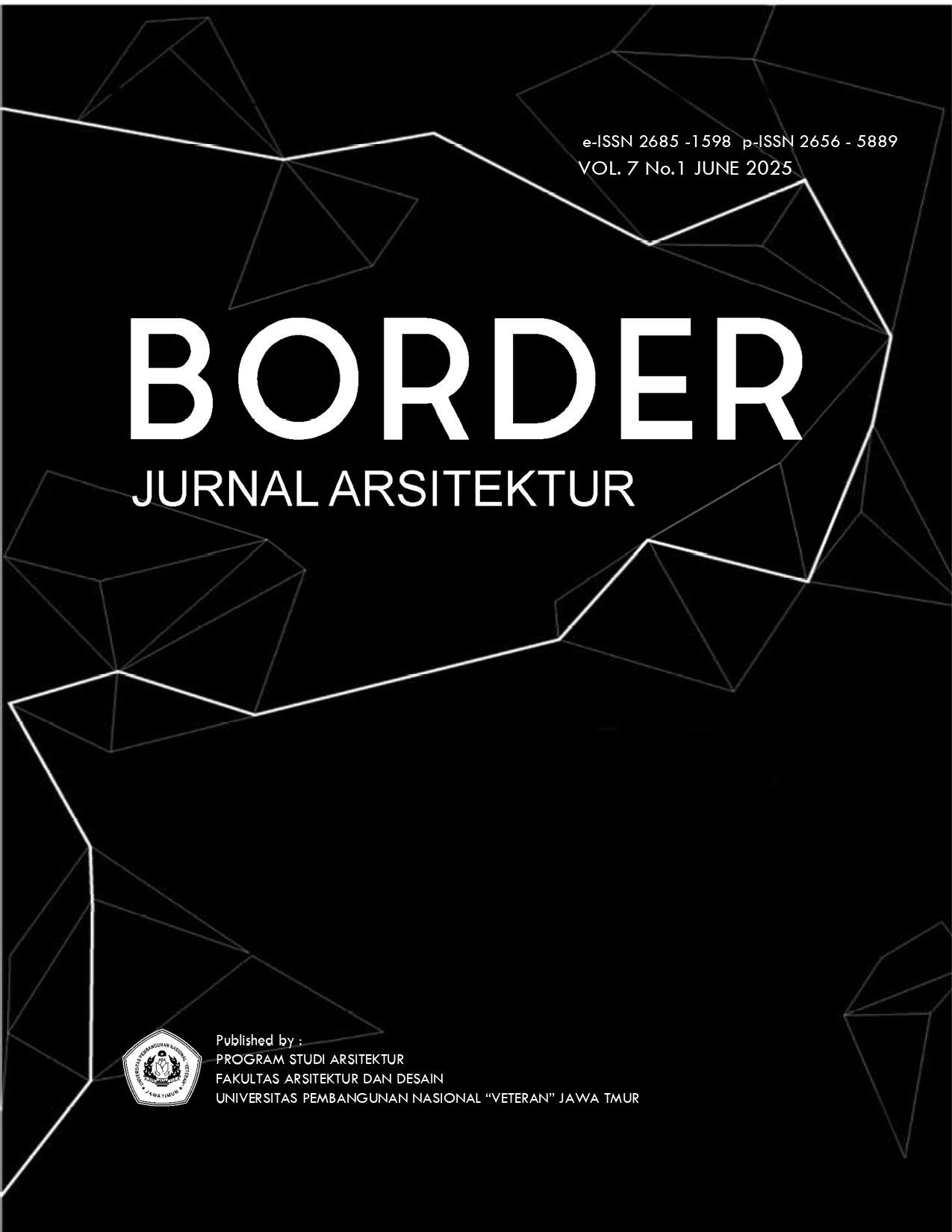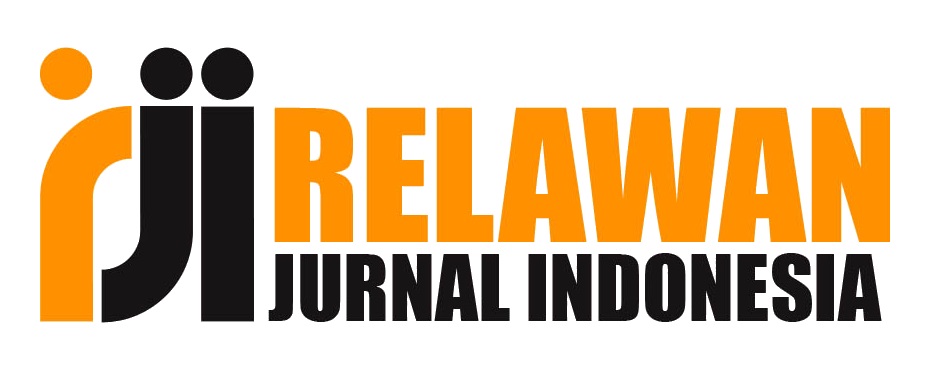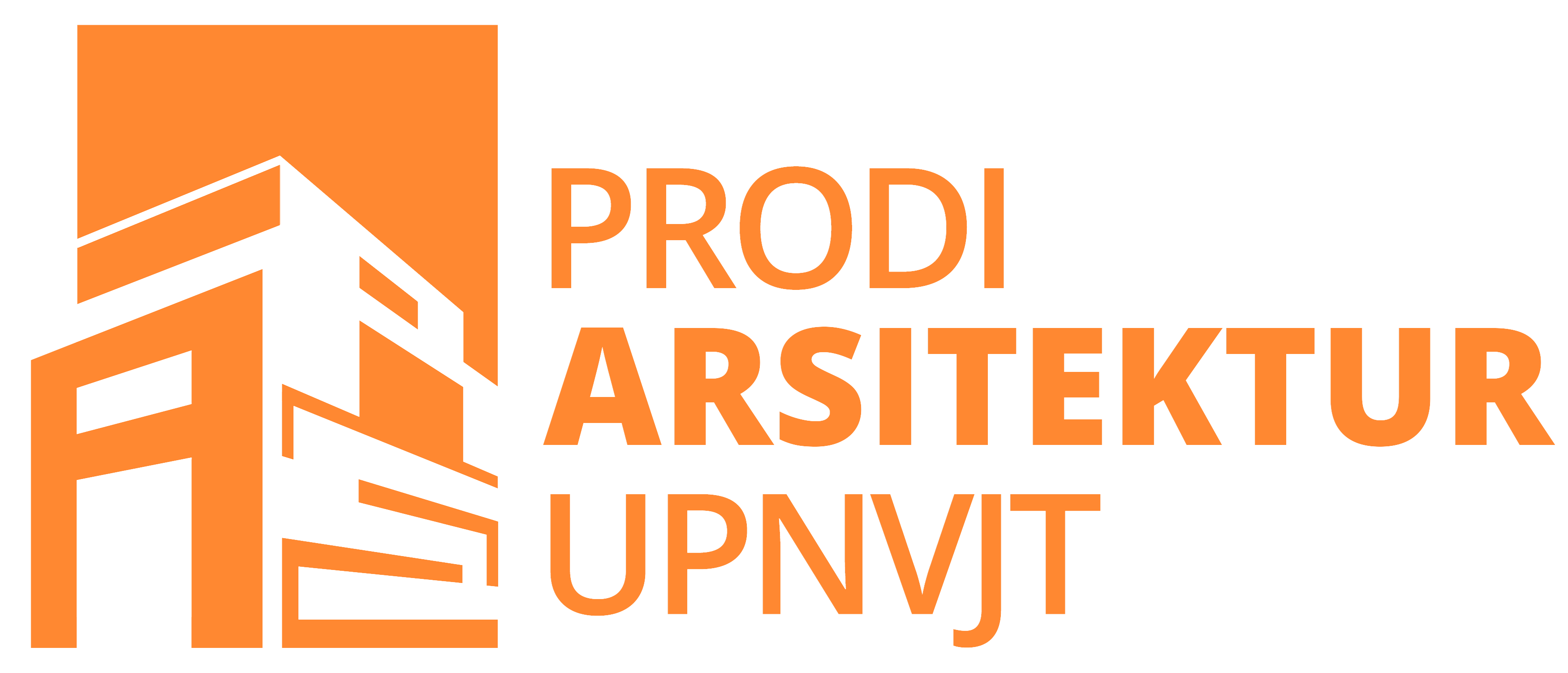SCHIZOPHRENIC CULTURE: CHALLENGES IN POSTMODERN ARCHITECTURE
DOI:
https://doi.org/10.33005/border.v7i1.1240Keywords:
Architecture Culture, Architecture Critic, Postmodernism, Schizophrenic CultureAbstract
Architecture continuously evolves alongside humanity, with postmodernism representing a critical phase that introduces complex challenges. Central to this discussion is the notion of schizophrenic culture—a concept borrowed from Fredric Jameson, which describes a cultural condition marked by fragmentation, depthlessness, and the collapse of coherent meaning, often found in postmodern societies. This research aims to critique postmodernism in the context of increasing commercialization and its impact on architectural practice. By employing a qualitative-reflective methodology, data were collected through in-depth interviews and analyzed using NVivo software, complemented by formal logic. The study highlights significant projects, such as The Line in Saudi Arabia, which illustrate the tension between commercial growth and the preservation of cultural identity. Findings reveal that while commercialization can drive innovation, it also poses a risk of homogenizing architectural designs, undermining the diverse cultural expressions that postmodernism seeks to champion. Ultimately, this research advocates for a re-evaluation of how economic objectives can coexist with the foundational principles of postmodernism, providing critical insights and recommendations for future studies to navigate the challenges posed by commercialization within the architectural field.
Downloads
References
Akhlaghi, A. A., Kaur, H., Adhikari, B. R., & Soleymani, L. (2024). Challenges and opportunities for developing electrochemical biosensors with commercialization potential in the point-of-care diagnostics market. ECS Sensors Plus.
Al-Kinani, M. (2025, January 19). Saudi Arabia issues nearly 522K commercial records in 2024. Arab News. https://arab.news/2e7js
Ashadi, A., Anisa, N., & Nur’aini, R. D. (2018). Penerapan metode kuantitatif dan kualitatif dalam penelitian arsitektur. Penerbit Arsitektur UMJ Press.
Amiri, N. (2016). Modernism and postmodernism in architecture: An emphasis on the characteristics, similarities, and differences. The Turkish Online Journal of Design, Art and Communication, 6, 1626-1634.
Andany, A. (2022, October 23). Architects encouraged to take advantage of commercialization opportunities. Kumparan.com. https://kumparan.com/tugujogja/arsitek-didorong-manfaatkan-peluang-komersialisasi-karya-1z6arTJmBHd
Baycan, T., & Stough, R. R. (2013). Bridging knowledge to commercialization: The good, the bad, and the challenging. The Annals of Regional Science, 50, 367-405.
Bertens, H. (2005). The idea of the postmodern: A history. Taylor & Francis e-Library. https://bkbcollege.in/upload/dpt_book/1669367693.pdf
Bartlett, J. (2024, June 20). LA's shimmering Bonaventure hotel, and the future that never came. SFGate. https://www.sfgate.com/la/article/los-angeles-bonaventure-hotel-history-19511087.php
Best, S., & Kellner, D. (1991). Postmodern theory: Critical interrogations. Guilford Publications.
Birdsell, B. (2018). Modern vs. postmodern architecture. Perfect Arch Co.. https://perfectarchco.medium.com/modern-vs-postmodern-architecture-7b74e171cdcf
Braun, V., & Clarke, V. (2006). Using thematic analysis in psychology. Qualitative Research in Psychology, 3, 77-101.
Ching, F. D. K., Jarzombek, M., & Prakash, V. (2017). A global history of architecture (3rd ed.). Hoboken, NJ: John Wiley & Sons.
Goletti, F., Purcell, T., & Smith, D. (2003). Concepts of commercialization and agricultural development. Agrifood Consulting International Discussion Paper Series, 8, 3-18.
Huegel, M. (2024). University scientists’ multiple goals achievement: Social capital and its impact on research performance and research commercialization. Technovation, 135, 103065.
Ihsan, A. (2022). Kritik Fredric Jameson terhadap posmodernisme. Jurnal Interaksi Sosiologi, 1.
Jencks, C. (1997). What is postmodernism? (F. Morteza’i, Trans.). Tehran: Publication Marandiz.
Krisdinanto, N. (2024). Metajournalistic discourse on the commercialization of news: Resistance toward journalistic autonomy. Metajournalistic Discourse on the Commercialization of News: Resistance toward Journalistic Autonomy, 7(2), 98-111.
Malpas, S. (2007). Postmodern (H. Patience, Trans.). Tabriz University Press.
Martin, P. A., Brown, N., & Turner, A. (2008). Capitalizing hope: The commercial development of umbilical cord blood stem cell banking. New Genetics and Society, 27(2), 127-143.
Martin, P. A., & Kaye, J. (2000). The use of large biological sample collections in genetics research: Issues for public policy. New Genetics and Society, 19(2), 165-191.
McChesney, R. W. (2004). The problem of the media: US communication politics in the 21st century. Monthly Review Press.
Miletic, B. (2025, January 14). Infrastructure jobs to drive economic growth in 2025. Architecture & Design. https://www.architectureanddesign.com.au/news/infrastructure-jobs-to-drive-economic-growth
Ndongko, W. A. (1991). Commercialization as an alternative to privatization: Prospects and problems. Africa Development/Afrique et Développement, 101-115.
Petrini, C. (2012). Ethical and legal considerations regarding the ownership and commercial use of human biological materials and their derivatives. Journal of Blood Medicine, 3, 87-96.
Raygani, N. (2014). A modern puzzle. Tehran: The Lives and the World.
Turner, A., Dallaire-Fortier, C., & Murtagh, M. J. (2013). Biobank economics and the “commercialization problem.” Spontaneous Generations: A Journal for the History and Philosophy of Science, 7(1), 69-80.
Urban Design Lab. (2022). Timeline of the history of architecture. Urban Design Lab. https://urbandesignlab.in/timeline-of-the-history-of-architecture/?srsltid=AfmBOoooj8F8gVmI4lPcF6riLiTz6yGT2PDUbfP-1jxel6M4JlLiFgru
Yadav, A., & Yadav, K. (2024). Challenges and opportunities in biofertilizer commercialization. SVOA Microbiology, 5(1), 1-14.
Downloads
Published
How to Cite
Issue
Section
License
Copyright (c) 2025 Border: Jurnal Arsitektur

This work is licensed under a Creative Commons Attribution 4.0 International License.

















